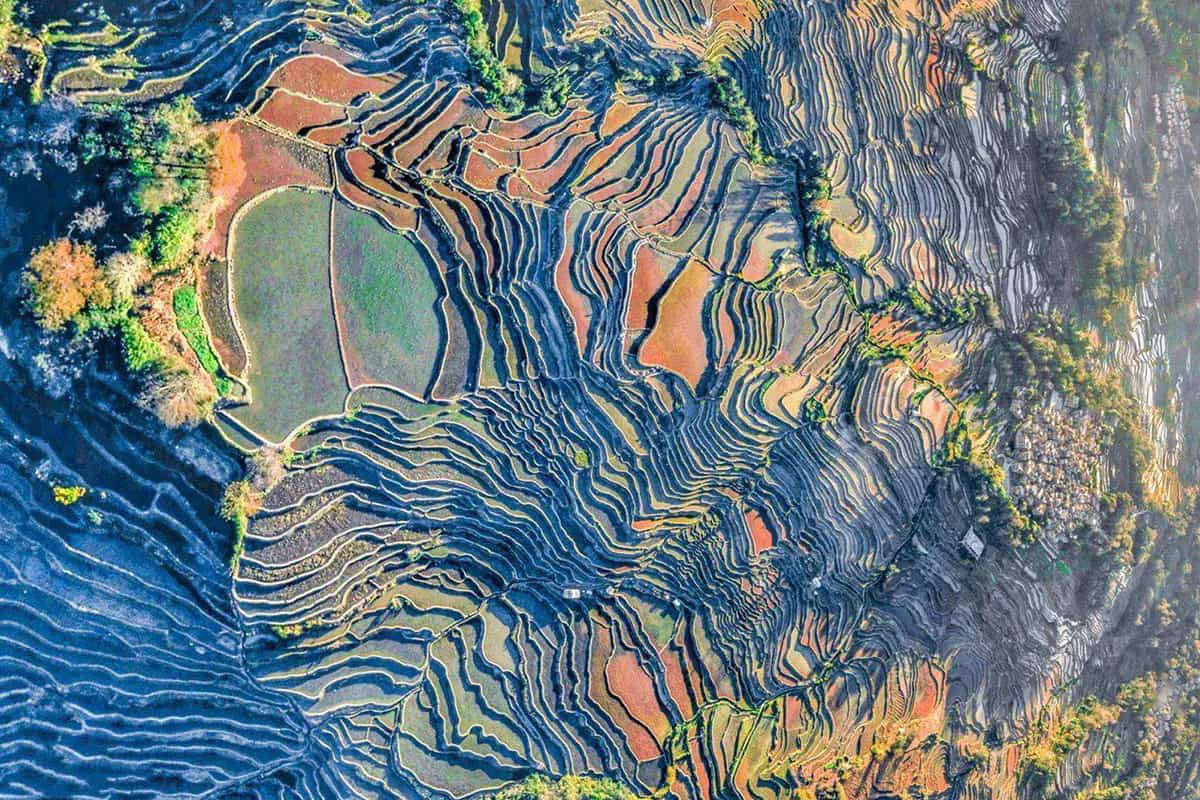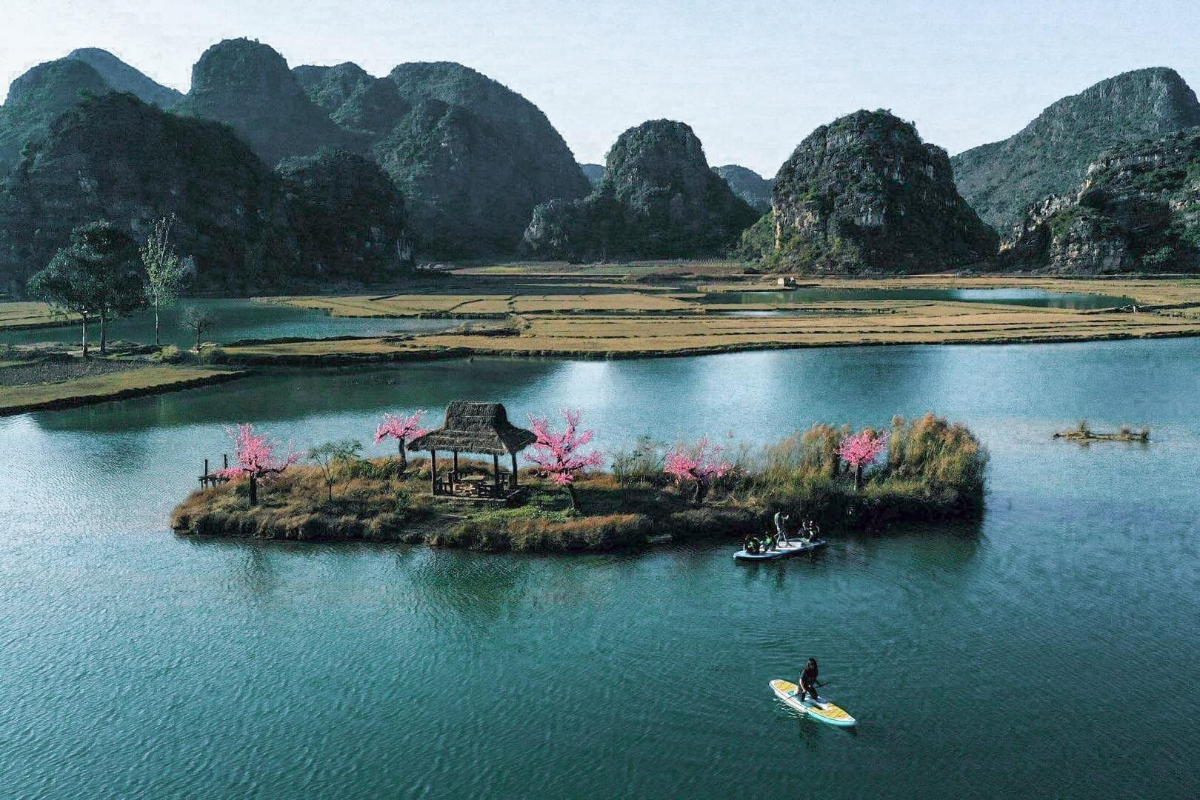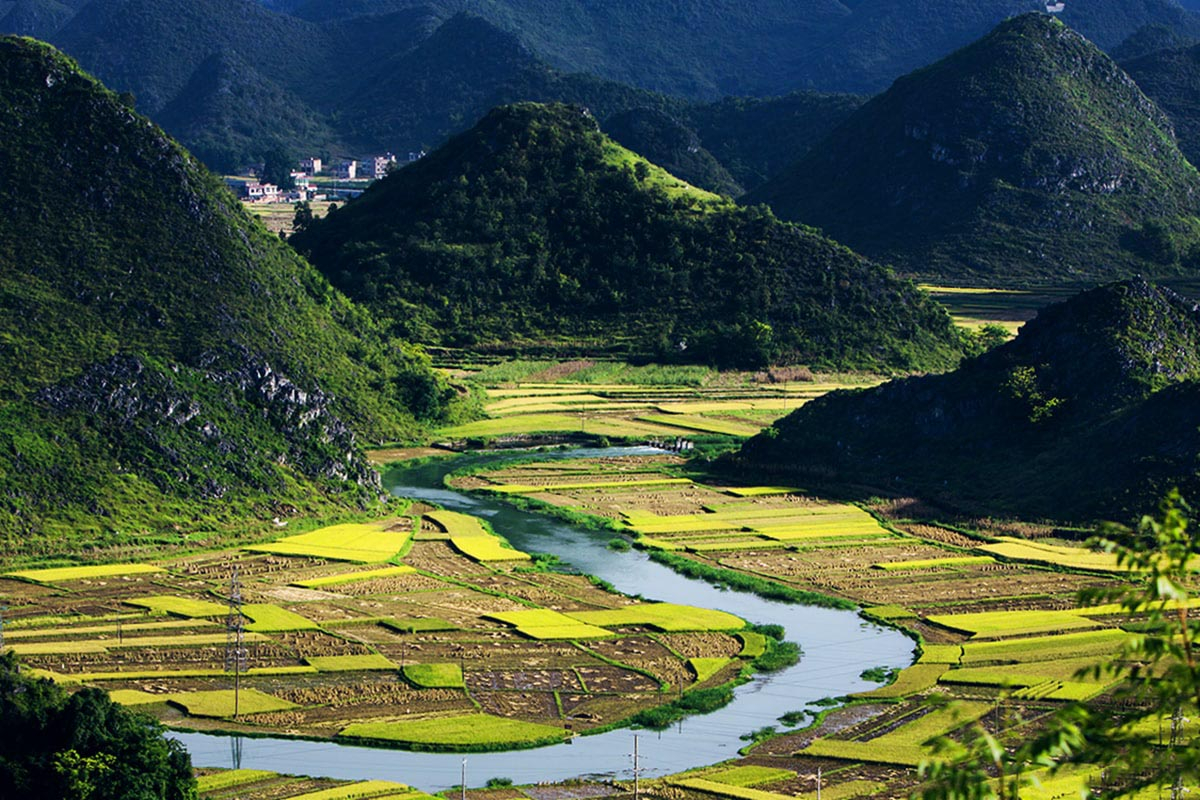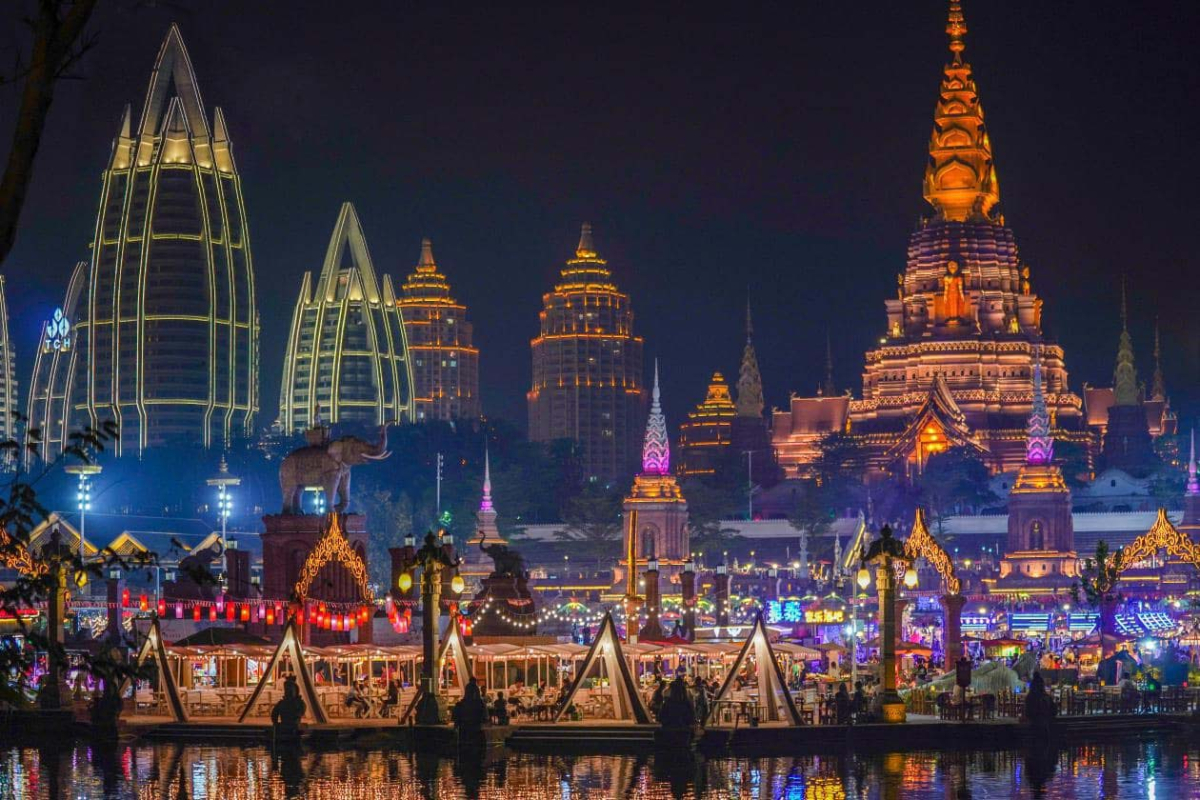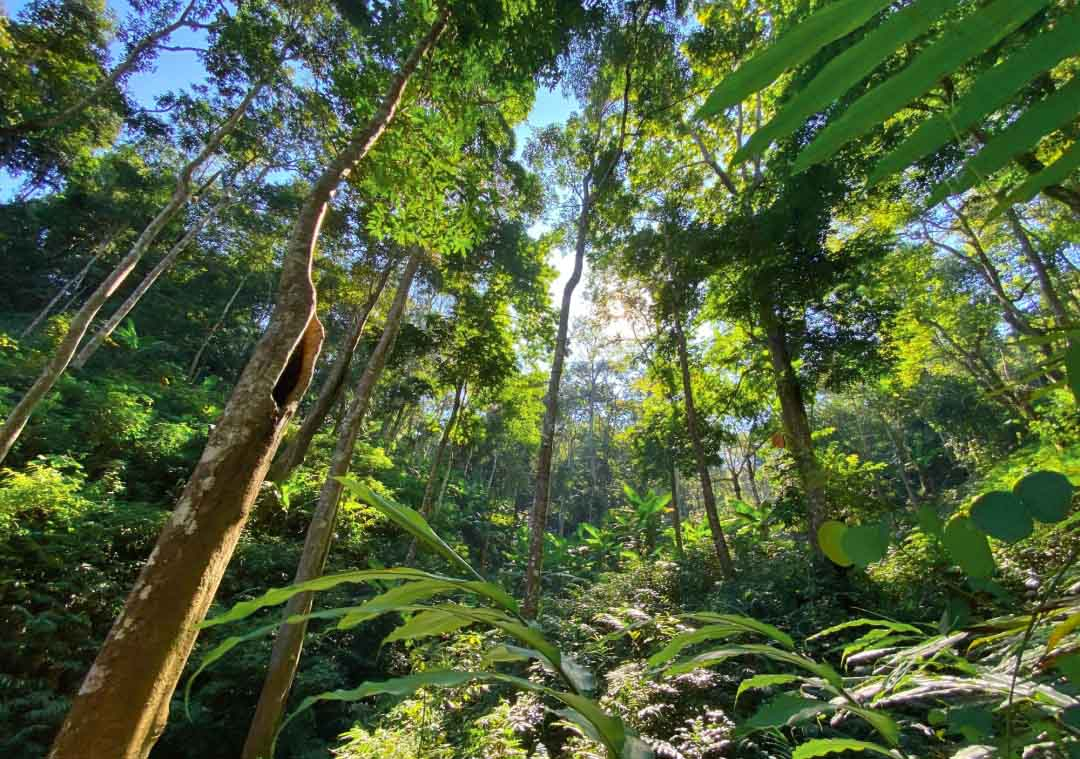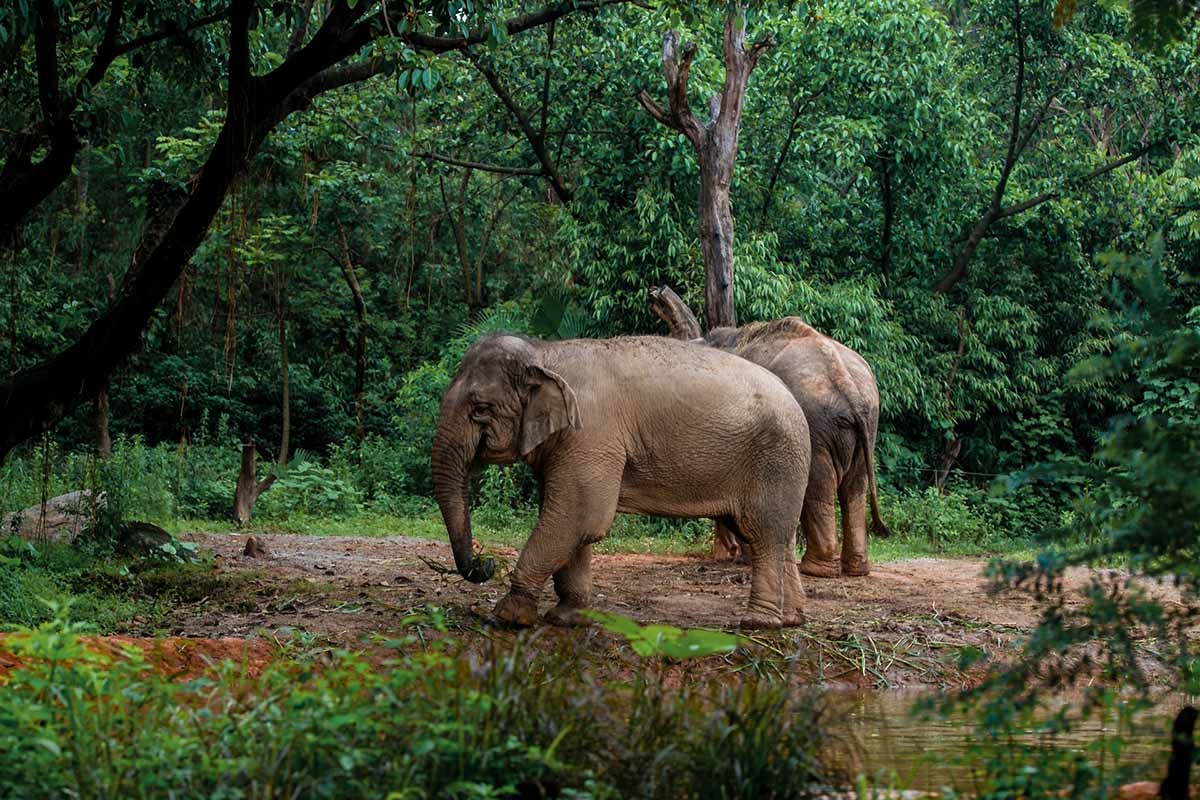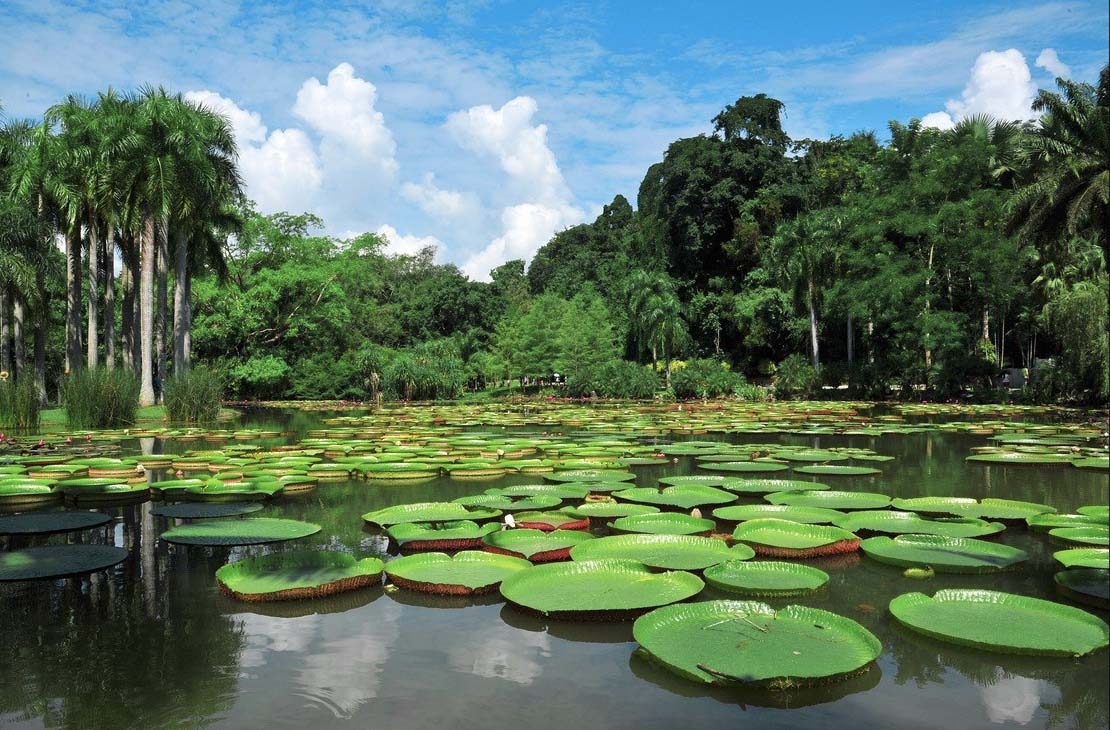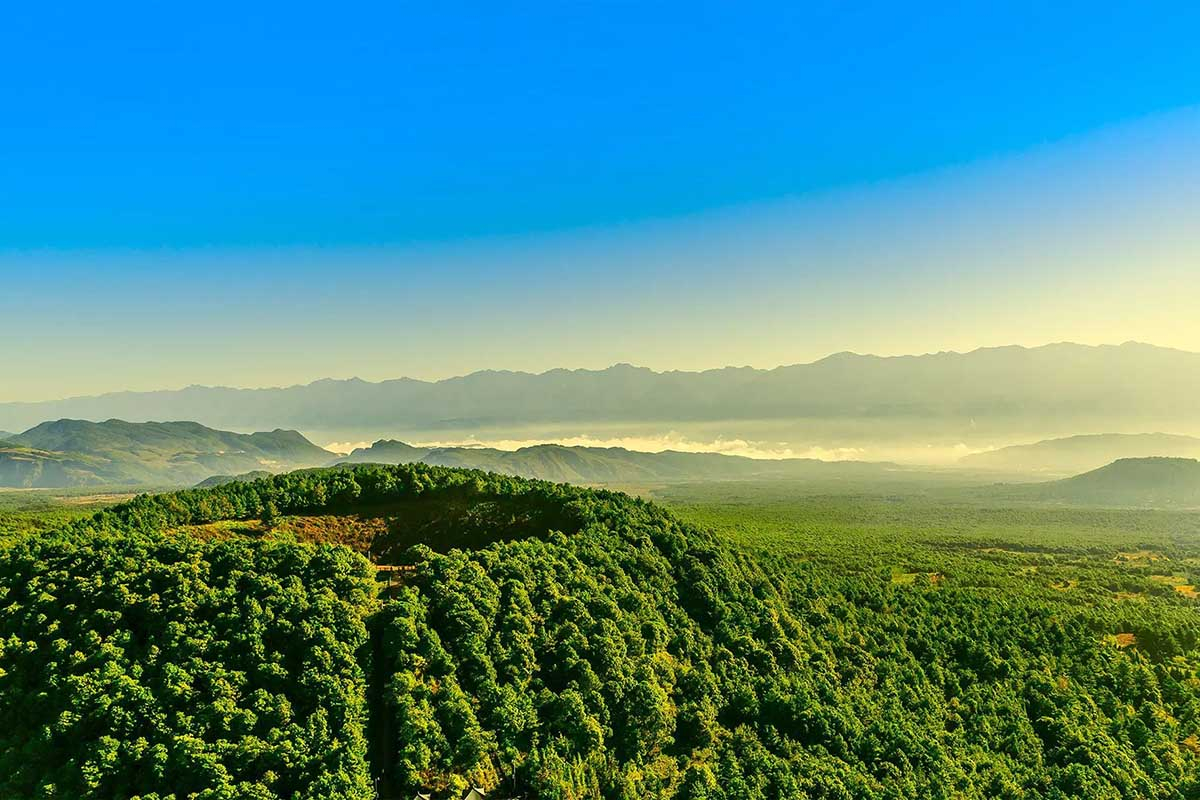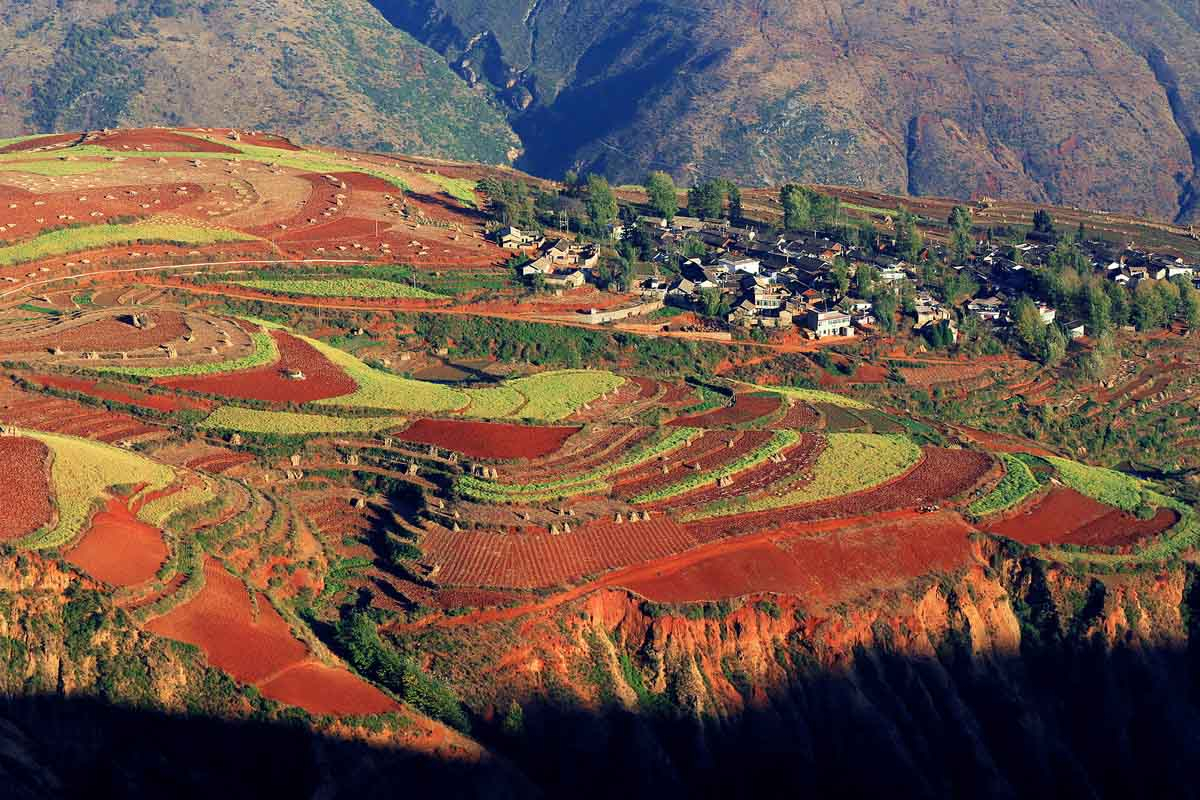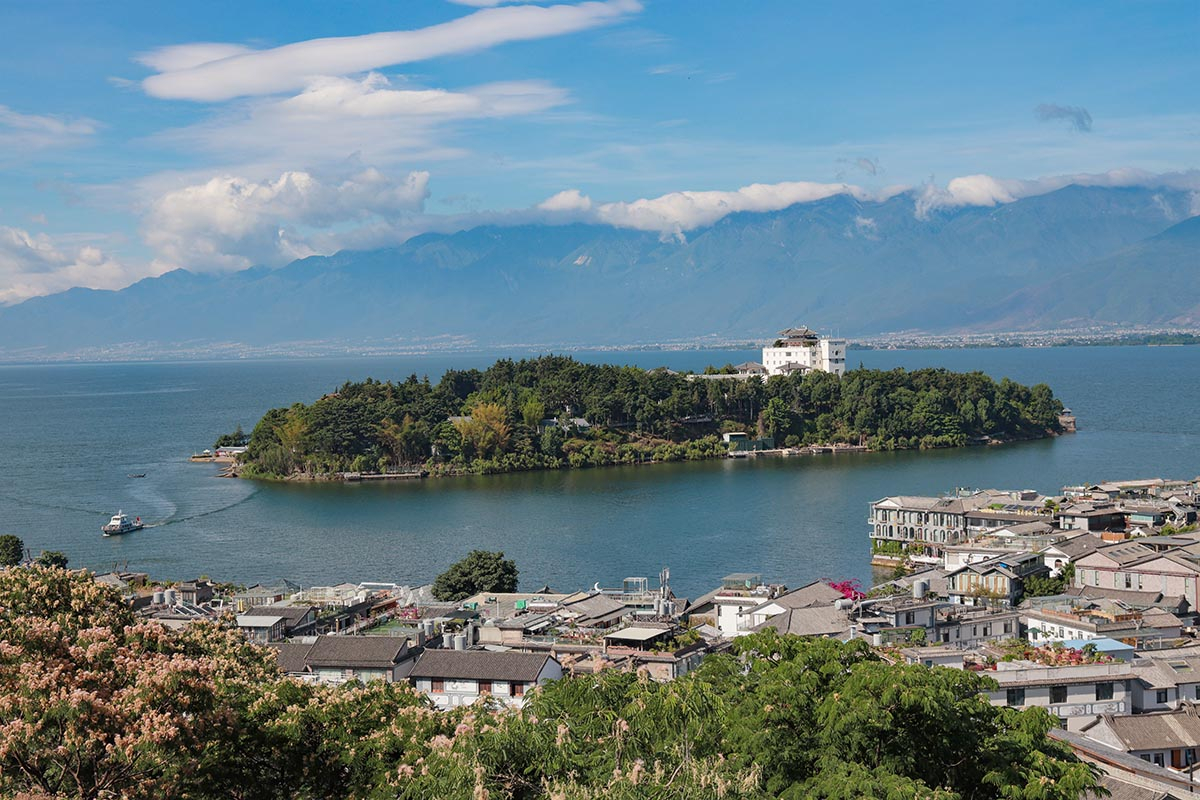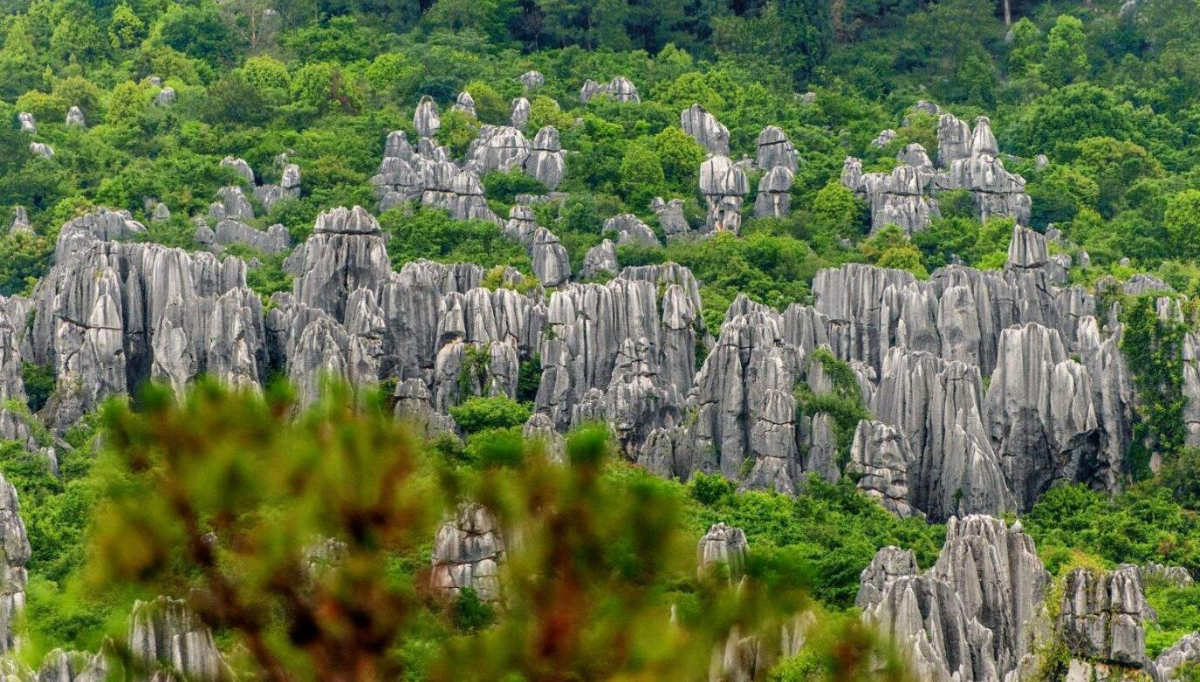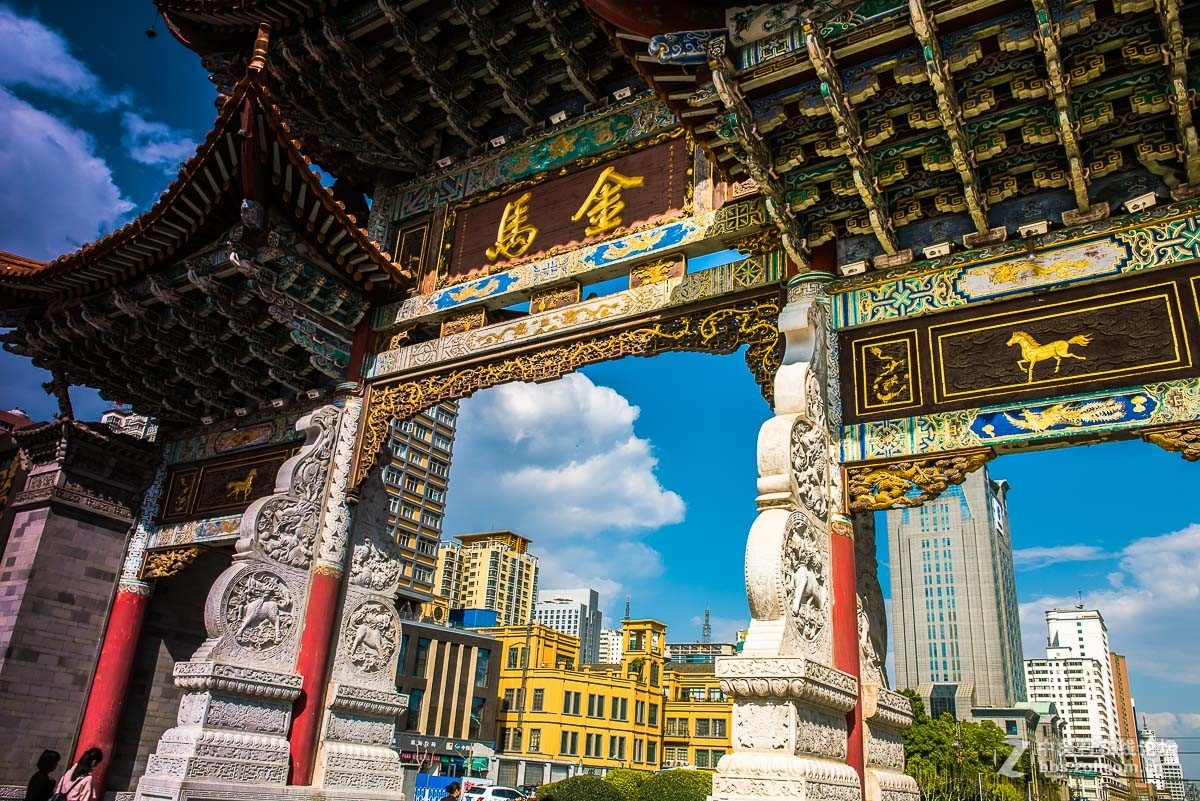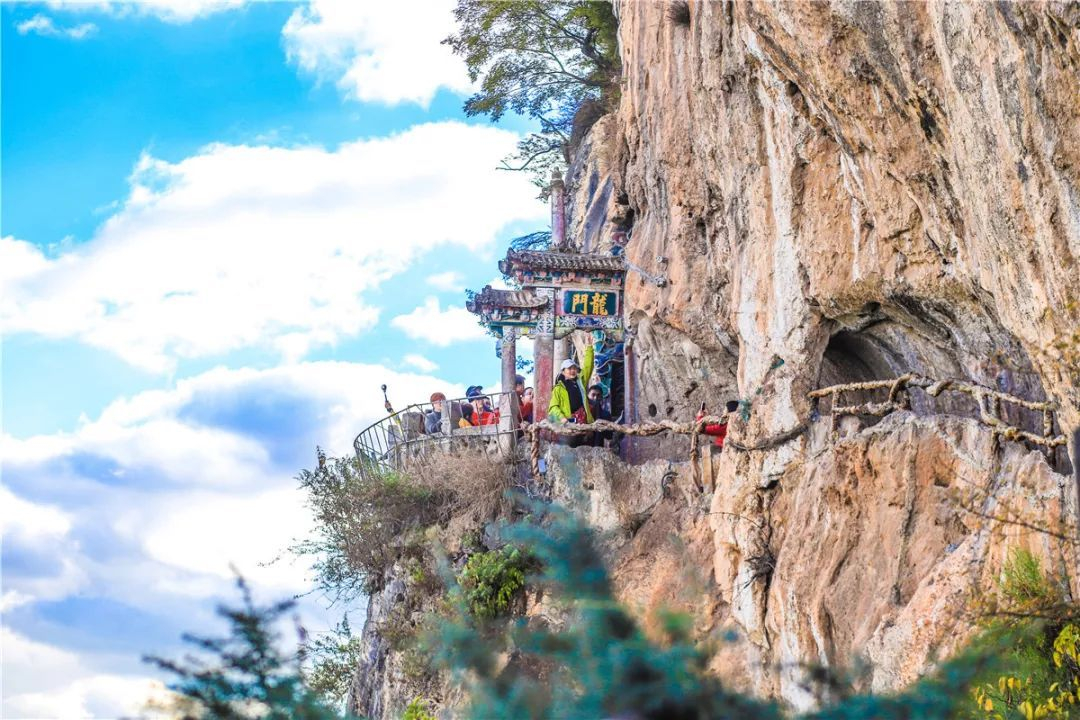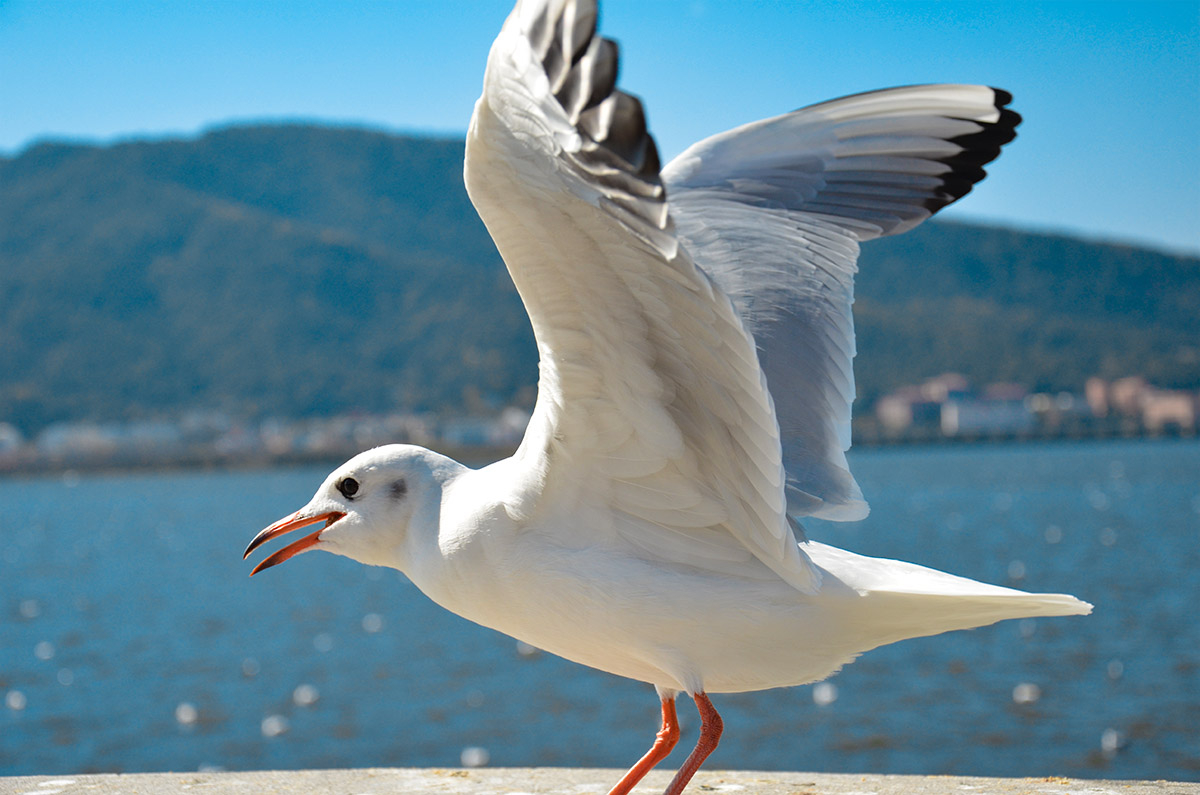Daguan Pavilion
Chinese name: 大观楼(Da Guan Lou)
Location: 284#Daguan Road, Xishan District , Kunming City, Yunnan Province
Ticket: Entrance ticket CNY50.00
Estimated time of tour: 2-3 hours
Recommended time of visit: all year round
Nearby attractions: Guandu ancient town,Dianchi lake, Jinma Biji Archway, Jiuxiang Caves, West Hill&Dragon Gate, Stone Forest, etc.
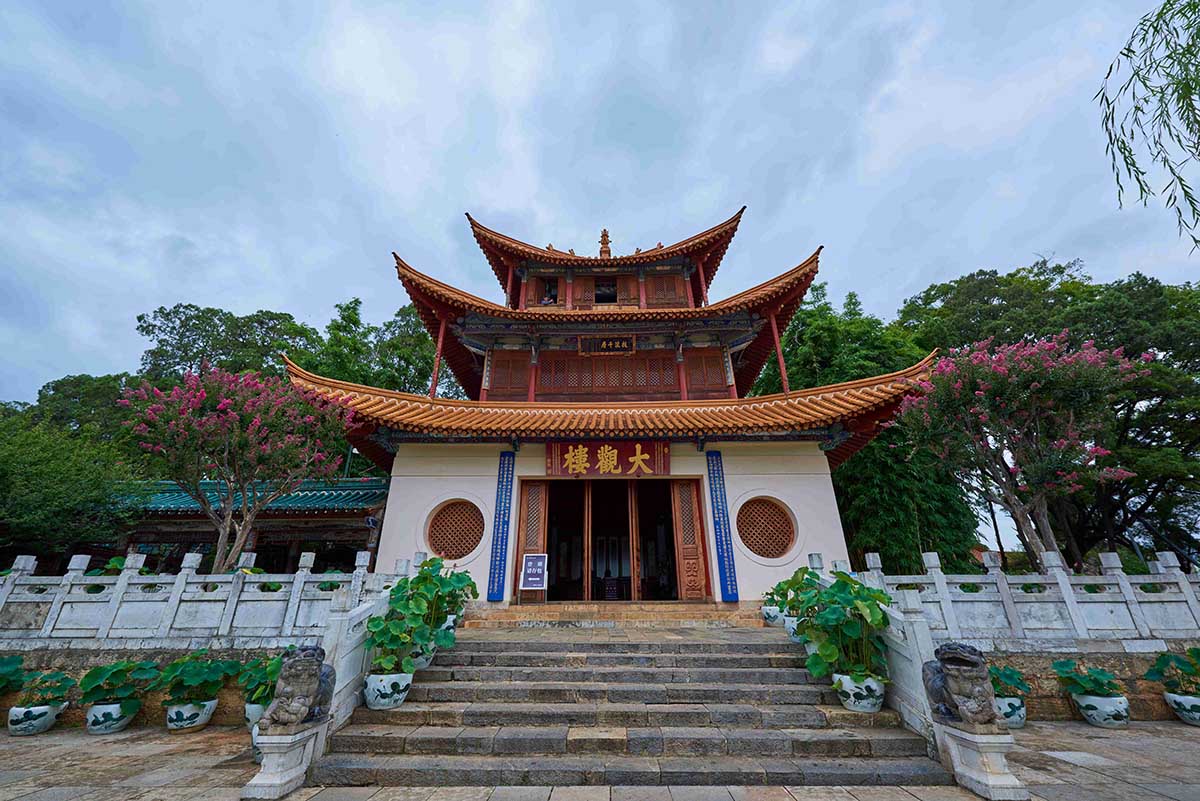
Daguan Pavilion locates in Kunming city. It was built in late 17th century, during the reign the Emperor Kangxi, Qing Dynasty. It was destroyed by fire in 1857 and 1866. The one we see today was rebuilt in 1883. Qing dynasty scholar Sun Ran Weng wrote a long couplet for this pavilion. This pavilion is now listed as the National Key Culture Relic.
The story of this pavilion started in 1690 when local governor Wang Jiwen inspected the vicinity. He was stunned by the sheer beauty of the scenery and issued an order to build a pavilion here so people can view the beautiful scenery from this pavilion, hence the name Daguan (grand view).
● Jinhuapu
This is the main attraction of Daguan pavilion scenic site. This is where you see those Qing dynasty buildings and other cultural relics. It is surrounded by water by three sides.
Garden of potted landscape
This 4500 square meter garden is the largest potted landscape garden in Kunming. In this traditional Chinese garden, visitors could immerse themselves in a sea of potted plants and landscapes. One of the oldest potted plants is a crape myrtle, said to be more than 200 years old.
● The couplet
One of the most attractive scenes in the area is the coulet carved on the two sides of Daguan pavilion. Qing dynasty scholar Sun Ran Weng, inspired by the stunning view of the pavilion, wrote this extraordinary couplet. Conventionally, Chinese couplets are in concise words, no more than twenty or thirty words. But this couplet is consisting of 180 Chinese words, one of the longest couplets found in China.
It says:
The first line of the couplet
“What a splendid view! Five hundred miles of water chopping the shore below; what a joy, with my head scarf behind, watching this immensity and making out shifting shapes afar. Jogging horse in east, calling rooster in west, gigantic serpent in north and hovering crane in south. May I suggest all people of letters, standing high up here, write down what they will see. Islets of shimmering shells, foggy and misty air, so fair, like girl’s hair. Boundless rolling reeds and water reeds, blended in with bird’s blue feather and setting Sun. Worthy of surrounding paddy fields, ten thousand acres of clean sands, lotus flowers in summer and willow tree in spring”
The second line of the couplet
“Timeless history rushes into my mind. Raise your glasses and asking in chorus with me. Where are those who left behind so many monuments? Where is navy fleet of Han dynasty? Where is iron pillar planted by Tang dynasty? Where is Song emperor standing when he launched his conquering army? And where is Kubla Khan crossed Yangtze by ox hide boats? Hardly a blink of eye, all these became painting on the ceiling, passing rain and clouds. We now have only ruins and half broken tomb stone, melancholy, echoing temple bells, dotting fishing boat lights. Two rows of autumn geese and frost covering the whole earth”
- HOTEST
- RECOMMEND
